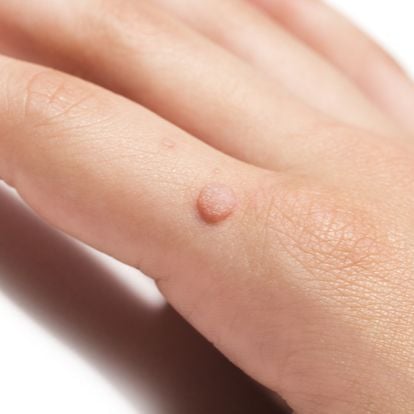Rashes
Your skin can experience many different changes throughout your lifetime. Sometimes skin changes occur due to allergies or certain medical conditions, causing bumps, redness, itching, or other uncomfortable symptoms. Typically, when these symptoms happen, a rash develops.
What are Rashes?
Rashes refer to a variety of changes in normal skin conditions. While most rashes are considered harmless and can be easily treated with over-the-counter medications, many of the symptoms are uncomfortable and require treatment.
Rashes are most commonly linked to various skin conditions that vary in severity and cause. It’s important to identify the cause of the rash in order to start proper treatment.
Common symptoms of rashes include:
- Red or white bumps
- Patchy dryness
- Tenderness
- Itching
- Burning
- Blistering
While rashes are not usually considered a serious health issue, it’s important to have them evaluated by a physician as it could be a symptom of another condition.
Common skin conditions with rashes include:
- Atopic dermatitis: Atopic dermatitis causes red and itchy skin. While it most commonly occurs in children, it can occur at any age. It is classified as a chronic condition, meaning it will flare throughout a person’s life. Typically, the rash associated with atomic dermatitis appears red, itchy, and scaly. It is almost the most common form of eczema.
- Bacterial infections: Many types of bacterial infections impact the skin. The most common types are caused by Staphylococcus (staph) or Streptococcus aureus (the bacteria found in strep throat). Bacterial infections can cause rashes to appear on the body, ranging from mild to severe. Impetigo is an example of a highly contagious bacterial skin infection.
- Contact dermatitis: Contact dermatitis impacts over three million people in the US each year. It is caused by direct contact with certain substances and/or an allergic reaction to them. While the rash is not life-threatening or contagious, it does create uncomfortable side effects. Symptoms of contact dermatitis rashes include red, itchy, and raised bumps or blisters.
- Chronic skin problems: Rashes are also linked to common skin problems such as acne, psoriasis, or seborrheic dermatitis. People living with these ongoing skin issues are more likely to experience skin irritation that leads to redness, inflammation, and dry, flaky skin.
- Fungal infections: Fungal infections such as ringworm, yeast infections, or athlete’s foot can cause rashes. The appearance of this type of rash may include a defined scaly border with raised bumps. While this type of rash can appear anywhere on the body, it is more common in body parts with folds such as buttocks, thighs, or groin.
- Viral Infections: Viral rashes occur as a result of a viral infection. They can form as welts, small bumps, or large, red blotches. Some viral rashes impact small areas of the body, while others are widespread. Viral infections that may cause rashes are chickenpox or shingles (although there are many more).
How are Rashes Diagnosed?
Rashes commonly linked to certain medical conditions may be diagnosed via visual exams. However, if your dermatologist suspects that you have an allergic reaction, it’s critical to pinpoint what caused it.
Patch testing is used to determine the cause of the reaction. Keep in mind patch testing is different than a skin prick test. Generally, a skin prick test is used to determine an immediate response. However, skin allergies usually take hours or days to develop, so patch testing is more effective in diagnosing skin allergies.
To complete a patch testing, your dermatologist will place allergens on your skin and cover it with a patch for 48 hours. If you are allergic to the allergens placed on your skin, you may feel itching, burning, or pain. However, you should keep the patches in place until your next appointment to ensure accurate results. Once your dermatologist reviews the findings of the patch testing, a treatment plan is put in place.
Treatment Options for Rashes
Treatment options for rashes vary based on the cause of the rash. Generally, over-the-counter treatments are effective in curbing uncomfortable symptoms.
Rash treatment options may include:
- Hydrocortisone cream (1%): Used to treat itching and can be purchased over-the-counter
- Calamine lotion: Used to treat rashes associated with contact dermatitis, especially exposure to poison oak or poison ivy
- Antihistamines: Helps relieve inflammation and itching
- Oatmeal baths: Soothes dry, scaly patches caused by eczema
- Prescription cortisone: Used to treat more severe rashes that don’t clear up with home treatments
- Gentle cleansers: Used to keep the skin clean and avoid infection
- Moisturizers: Effective in treating some rashes that cause dry, flaky skin.
Contact your doctor if your symptoms don’t improve or worsen over time. Contact emergency services if you experience shortness of breath, tightness in the throat, or your face is swollen, as these could be signs of a severe allergic reaction.






